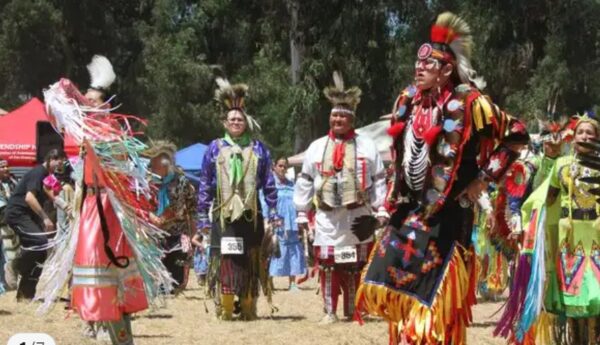Lifestyle
6 uncontacted tribes in the world that never allow entry in their homes

Uncontacted tribes are indigenous people who avoid all contact with the outside world.
These tribes are not backward people, they focus more on protecting their land and culture. But no one knows how they look, what they eat, what they wear or how they live at all!
There are hundreds of uncontacted tribes around the world which have faced a lot of traumas with people trying to invade their land.
But the world must understand that these people are not yet ready to interact with the rest of the world.
On this note, let’s have a look at six of the most secluded or say uncontacted tribes in the world.
1. Massaco (The Amazon – Brazil)
Massaco is an isolated tribe that appears to be thriving even though they have been under immense pressure from miners, ranchers and illegal encroachment into the Amazon. The group is known as the Massaco after the river that runs through their lands. The Massaco people have at least doubled since the early 1990s to an estimated 200 to 250 people according to official reports. This tribe is known to hunt with three meters long bows and they frequently move from one village to another from season to season within their land. To avoid contact with the outside world, they plant foot and tire-piercing spikes in the ground.
2. Sentinelese, Andaman Islands, India
The Sentinelese tribe living on the North Sentinel Island in the Bay of Bengal, is known to be the world’s most isolated/ uncontacted tribe. This tribe has always been hostile to outsiders and shoots arrows at anyone who tries to get anywhere near them. The Sentinelese have made it clear that they do not want contact if they step outside into the world from their land. These people hunt and gather in the rainforest, and fish in the coastal waters. The women wear fibre strings tied around their waists, necks and heads. The men also wear necklaces and headbands, but with a thicker waist belt. They carry spears, bows and arrows. It is considered that they now use metal arrows which they make from recovered iron from ship wrecks.
3. Kawahiva, Brazil
The Kawahiva, another uncontacted indigenous people tribe, live in a small group in the Amazon rainforest of Brazil. Their territory is known as Rio Pardo and it is in the Mato Grosso state, where illegal deforestation rates are the highest. They are the survivors of numerous genocidal attacks. They are constantly fleeing from miners or ranchers. They hunt animals such as peccaries, monkeys and birds; they fish in the streams and build shelters known as “tapiris”. These people are known primarily from evidence they have left behind while moving – arrows, baskets, hammocks, and sleeping mats.
4. Matsigenka, Peru
The Matsigenka tribe is settled in southeastern Peru, where a cloud forest separates the highlands and high forest. During the early 20th century, colonists traded shotguns, steel tools and other items with the Matsigenka in exchange for captives. This tribe also came in contact with a lot of diseases because of the colonists. This tribe reckons time by moons and by blooming of certain flowers. They regard the Milky Way as a river where animals bathe to gain eternal youth. Today, the Matsigenka reside in small, semipermanent clusters near a water source or on top of a hill as they fear slave raids and flooding.
5. Yaifo, Papua New Guinea
The Yaifo live deep in the impenetrable jungles of East Sepik, in Papua New Guinea’s Central Ranges. These jungles do not have any roads and they live alongside crocodile infested rivers. It is considered that this tribe practices head hunting and they conserve the heads of their defeated warriors as a trophy. The tribe was described by British writer, broadcaster and explorer, Benedict Allen who had mentioned in his book “The Proving Grounds: A Journey through the Interior of New Guinea and Australia” that they greeted him with a show of strength with bows and arrows.
6. Togutil, Indonesia
The togutil people are also known as O’Hongana Manyawa. They live a semi-nomadic lifestyle in the jungles of Indonesia. They traditionally hunt wild boar, deer and other animals. Some of the tribes that live deep in the jungle are under threat from mining . The houses of this tribe are made from wood and bamboo and usually their houses do not have walls.







